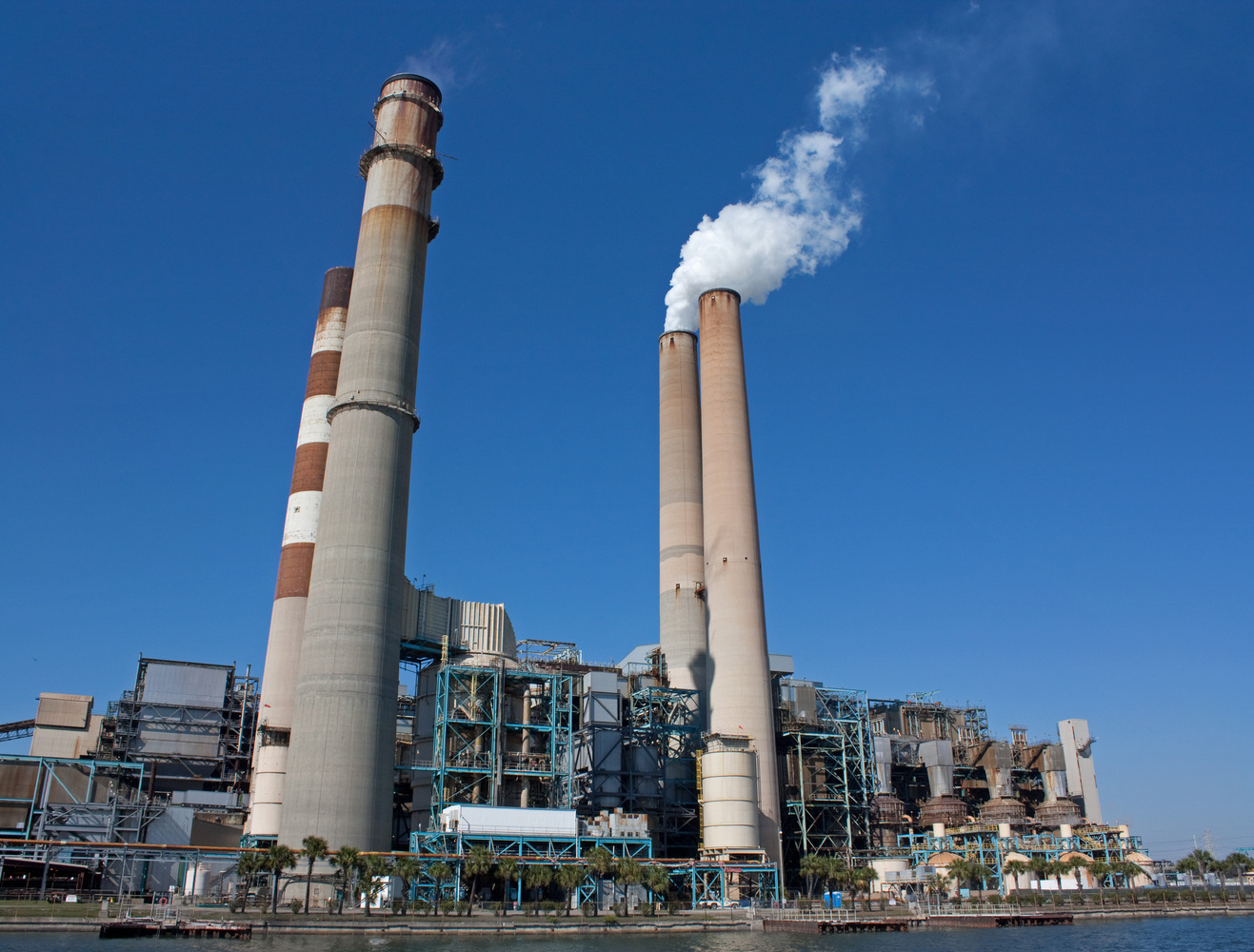Scientists in America have created a super-tough enzyme that can help to capture carbon dioxide released from coal-fired power stations. This could be an important development in carbon capture technology, helping to reduce greenhouse gas emissions.
The leading form of carbon capture uses special solvents called amines that grab hold of carbon dioxide molecules before they fly up the chimney. The solvent is piped away, and heated up to release the carbon dioxide into a storage container so that it doesn't escape to the atmosphere. The solvent then gets cooled and cycled around to do the same job again.
But all that heating and cooling - and the equipment you need to do it - is very expensive, potentially adding hundreds of millions of pounds to the cost of a power plant. That can increase the cost of electricity by 85%, and reduce the plant's power output by 30% -a major barrier to wider use.
That's where carbonic anhydrase comes in. This is an enzyme normally found in your body where it helps to transport carbon dioxide out of your tissue - it does this by combining carbon dioxide with water to make soluble bicarbonate and a hydrogen ion. But enzymes are proteins, which would be totally destroyed at the high temperatures and harsh alkaline conditions of a carbon capture system (just think of what happens to the albumin in egg white when you put it in a frying pan: it gets completely broken down and goes solid and rubbery).
So the researchers introduced random mutations into the enzyme to see if they could make it tougher, in a process called directed evolution. They did nine rounds of this, picking the toughest enzyme at each stage and then mutating it again. In all, they tested more than 27,000 different mutated enzymes.They found that the best one could withstand more than 100°C and pH greater than 10 - that's almost as alkali as household bleach.
When they tested it in a pilot carbon capture unit attached to a coal-fired plant, they found it improved the carbon dioxide absorption of an amine solvent by 25 times, and removed about 60-70% of all the carbon dioxide from the waste stream. They've run it for 6 days with no loss in performance.
This faster absorption means you could have much smaller processing units, running at lower temperatures, which potentially makes carbon capture much cheaper. The researchers reckon it could knock more than $100 million off the cost of a full scale unit; and because it uses less energy to run it, actually means that the total power output of the plant goes up.
The work, published in PNAS, was done by a big industry collaboration, involving enzyme developers like Codexis and Novozymes, as well as BP Biofuels, and backed by the US Department of Energy - that makes it promising that the concept will go forward for further development.
- Previous Healthy Looking Leaders
- Next Imaging the Genome









Comments
Add a comment